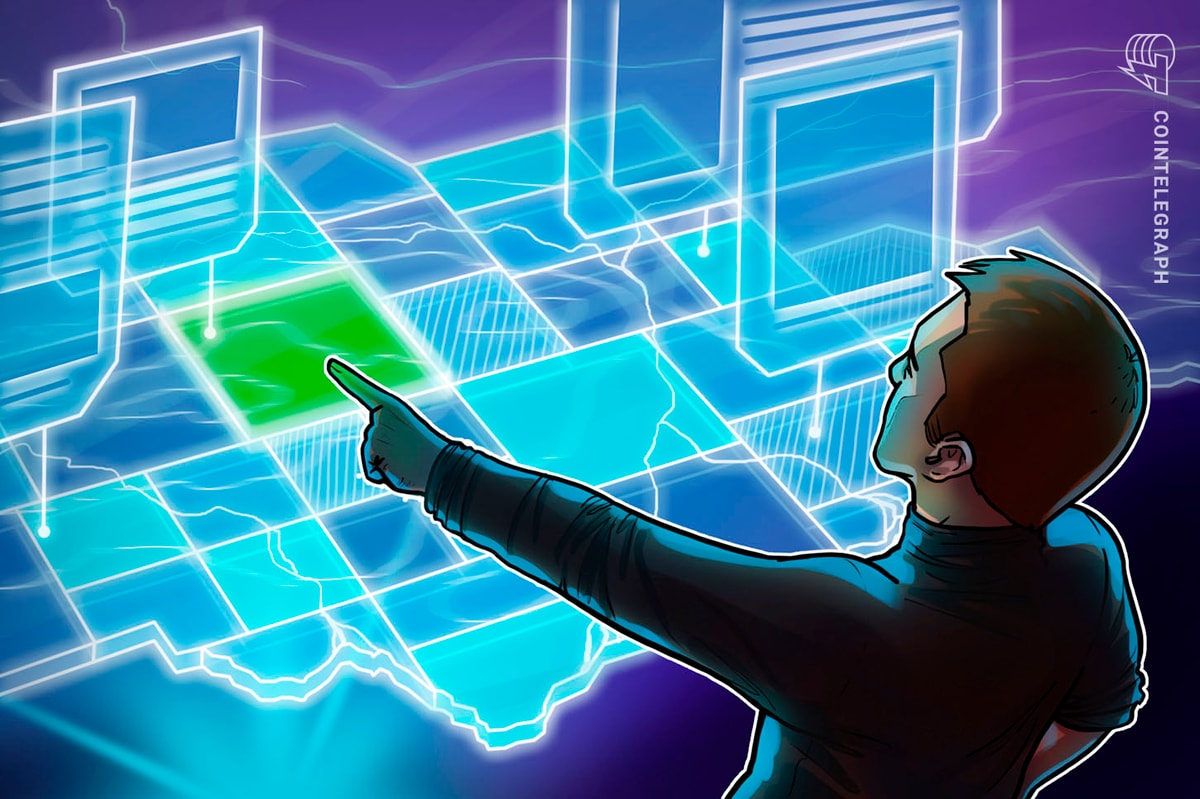Opinion by: Yat Siu, executive chairman and co-founder, Animoca BrandsA discussion on digital property rights, copyright, intellectual property, the o
Opinion by: Yat Siu, executive chairman and co-founder, Animoca Brands
A discussion on digital property rights, copyright, intellectual property, the open metaverse, AI and value without physical form.
When I attend conferences and similar public events, someone almost always approaches me to ask how cryptographic tokens (fungible or non-fungible) can have value even though tokens are virtual and do not exist in the physical world. It’s a surprisingly common question, especially one-on-one.
Virtual objects like NFTs and cryptocurrencies are both digital and intangible; their existence is not based in the real (physical) world, and (unlike digital currencies) they generally do not have backing by real-world institutions.
The ability to have value (specifically, monetary worth) is crucially important regarding the open metaverse, the decentralized internet of Web3 characterized by true digital ownership (see What IS the open metaverse?).
I recently delved into the value of the virtual during an interview with CNBC, which may prove quite helpful to some readers. I’d like to discuss this topic in greater detail and with some historical context.
When discussing whether something that doesn’t exist in the real world can have real monetary worth, it is important to remember that intangible things have carried value for centuries; the key is ownership and the benefits associated with that ownership.
How the ownership of ideas created the modern world
One of the most important building blocks of modern industry and innovation-based economies was laid down more than three centuries ago in Great Britain with the long form title of “An Act for the Encouragement of Learning by Vesting the Copies of Printed Books in the Authors or Purchasers of Such Copies, During the Times Therein Mentioned.”
Also known as the Statute of Anne and the Copyright Act of 1709 (or 1710), this legislation provided the basis for modern copyright and intellectual property laws by establishing that the author of a particular work, not its publisher, was its rightful owner.
The statute marked a pivotal moment in history by distinguishing between creators and distributors in much the same way that today we distinguish between creators (artists, writers, musicians, etc.) and the platforms that distribute their works (Netflix, Medium, Spotify, etc.).
By granting creators exclusive rights to their works for a limited time, the Statute of Anne and subsequent acts established an economic framework for intellectual property under which creators could retain control and financial benefits over their works. At the same time, society gained access to those works through public libraries, book sales and similar means of distribution.
The result was a veritable explosion of literature, science and philosophy that fueled the European Age of Enlightenment and the Scientific Revolution.
This period in history saw the rise of literary giants such as Jane Austen, Victor Hugo and Charles Dickens, and intellectual titans including Voltaire, Rousseau, Kant, Hume, Mary Wollstonecraft and Adam Smith. In the sciences, the publicly available work of visionaries like Charles Darwin, Gregor Mendel and Marie Curie allowed us to radically advance our understanding of the physical world.
The ability to own their ideas brought fame and financial independence to innovators, enabling them to challenge norms, push boundaries and distribute groundbreaking ideas. Copyright provided an economic incentive to create and share idea-based works, ensuring that contributions would endure and inspire future generations.
Copyright was so powerful and impactful that other nations followed with their own measures, including the United States with its Copyright Act of 1790.
Copyright and other forms of intellectual property protection have been accelerating innovation and powering economies for over three centuries. One of the most notable examples of this effect is China.
China was a free haven for IP infringement. Pirated digital and physical goods were prevalent until the 1990s and early 2000s, when China began to strengthen its IP protection. This contributed to a meteoric rise in domestic Chinese innovation, and today, China is the world’s leading generator of ideas in the form of scientific studies, patents, technology, content, etc.
China’s reforms to IP protection in the 1990s and early 2000s contributed to an explosion in the number of annual patent applications, considered a proxy indicator of innovation (image from Our World in Data)
Owning the work of our minds
Today, it is widely acknowledged that intellectual property is subject to ownership just like material things, even though it is intangible and time-bound. We recognize that copyright, trademarks, patents and similar measures establish and protect ownership of the intangible.
In a previous essay, I mentioned the work of the philosopher John Locke, describing the man as “one of the OGs in the field of ownership and a major…
cointelegraph.com
